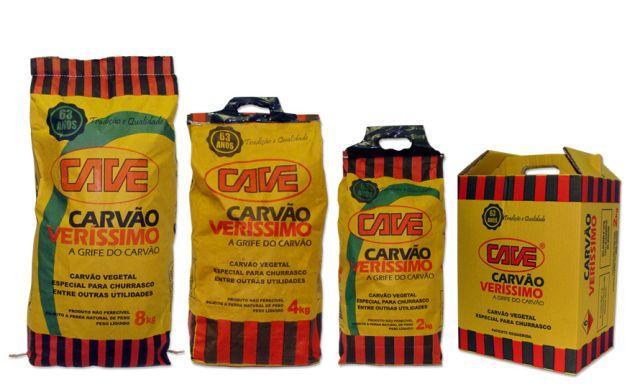
Il charcoal can be used as a sweetener in baked goods with the function of dye: it is in fact defined with the abbreviation E153.
Can be used for dough production, pizza dough, crackers, breadsticks, dark colored friselle.
In this regard, there have been many disputes and misunderstandings of the claims dictated by the European community on the use of charcoal in the food sector, so much so that some products had been withdrawn from the market because they did not comply with the law.
Let's try to understand better by helping ourselves with what is sanctioned by the Ministry of Health.
Charcoal as a dye
The European regulation reg. UE 231/2012 establishes that charcoal is one of the dyes for food use and encodes it as E153. It can be used for a variety of foods, including baked goods, but it limits its use in the case of production of proper bread.
On the other hand, it can be freely used for those products defined as "bread substitutes", such as crackers, breadsticks, rusks, friselle, biscuits.
Read also Charcoal, when to use it >>
Effects of Charcoal
The commercial risk is to create false indications regarding an alleged beneficial or toxic effect of baked products containing charcoal.
In this controversy theEFSA, the European Food Safety Authority which on the one hand verified the total harmlessness of the dye E 153 within certain parameters and on the other hand it allowed that on the label of the products containing the Charcoal may be indicated "Activated carbon contributes to the reduction of excessive post-prandial flatulence" alone for those foods they contain 1 g of activated carbon per quantified portion, with the supplement that "the beneficial effect is obtained by taking 1g of activated carbon at least half an hour before meals and 1 g immediately after the meal".
What is Charcoal
Charcoal it is obtained from some fireless combustion processes at high temperatures of wood such as poplar, pine, willow, birch.
Il carbonization process takes place in an oxygen-poor environment and subsequently the product thus obtained is subjected to further combustion with steam to activate the absorption capacity, or rather adsorption, because the characteristic of vegetable carbon is that of incorporate and retain molecules of toxic substances or gases. In this way it helps to counteract abdominal swelling, gastric acidity, food poisoning.
So be careful not to use vegetable carbon in conjunction with taking medicines, because it would limit their effectiveness.
Read also Charcoal, dosage and contraindications >>


























